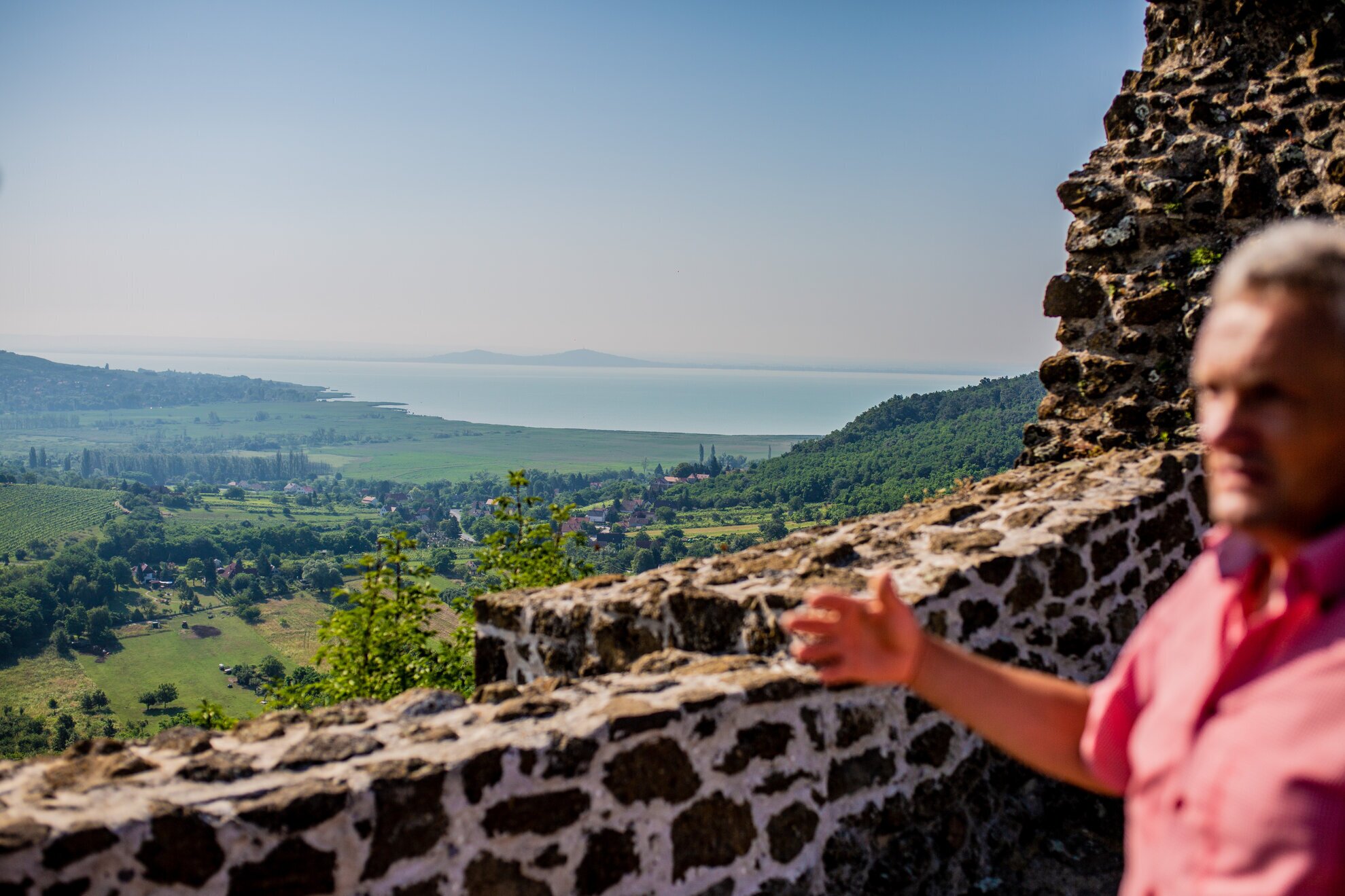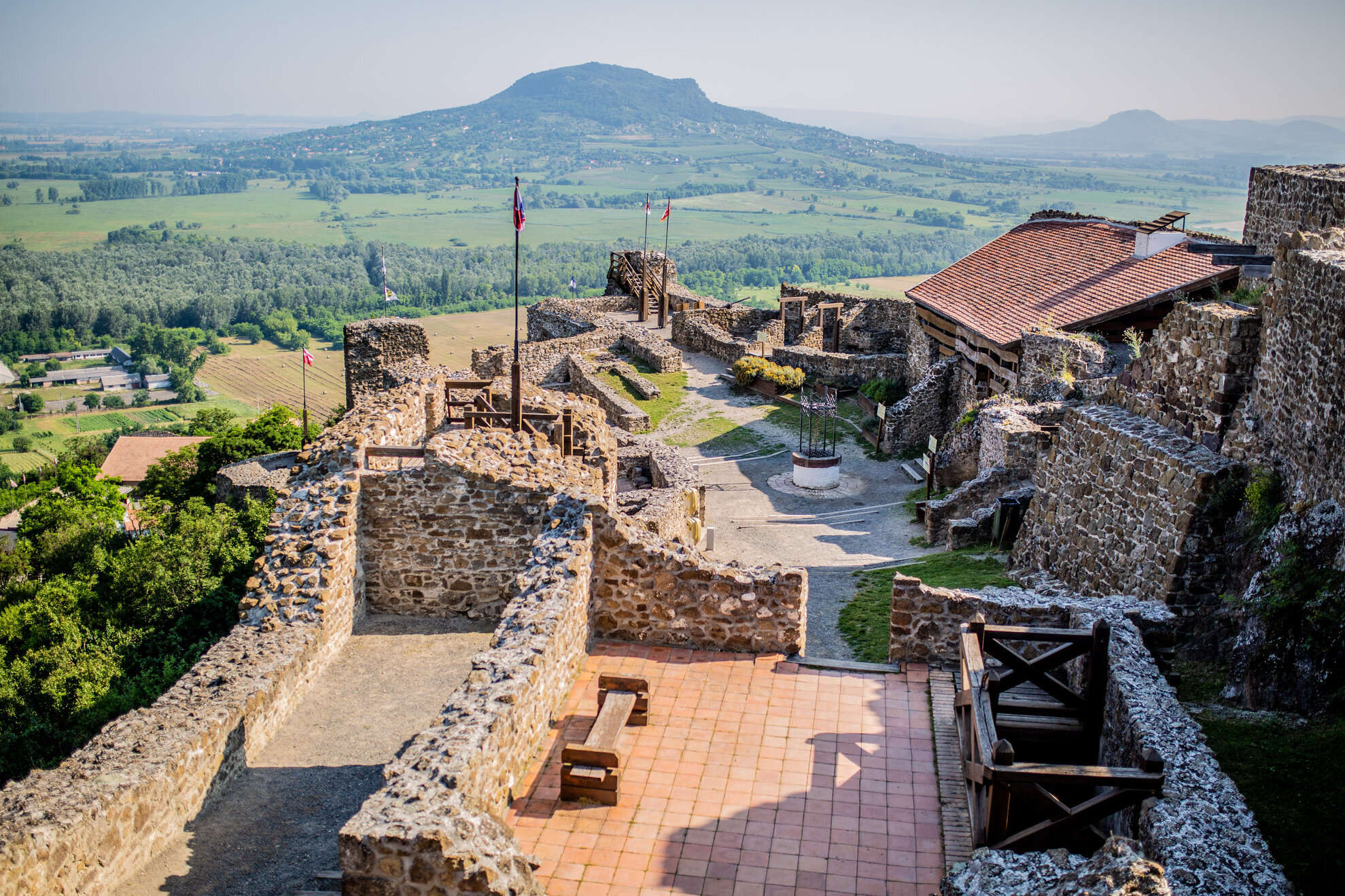Szigliget Castle is set to be renewed by Easter 2020. Once construction is complete, visitors will have the chance to dress up in armour, handle a mace or experience a battle on the water. We Love Balaton recently toured the castle with Mayor Balázs Balassa to learn more about what tourists can expect after the broad restoration.
Following the large-scale renewal of 2013, the overall reconstruction of Szigliget Castle is heading into its next phase. This landmark has an interesting history – you can learn more about it in this article.
The most important information for visitors is that the castle remains open until September 2. The main aim until then is to not disturb tourists. Once the season is over, the castle will be closed until Easter.
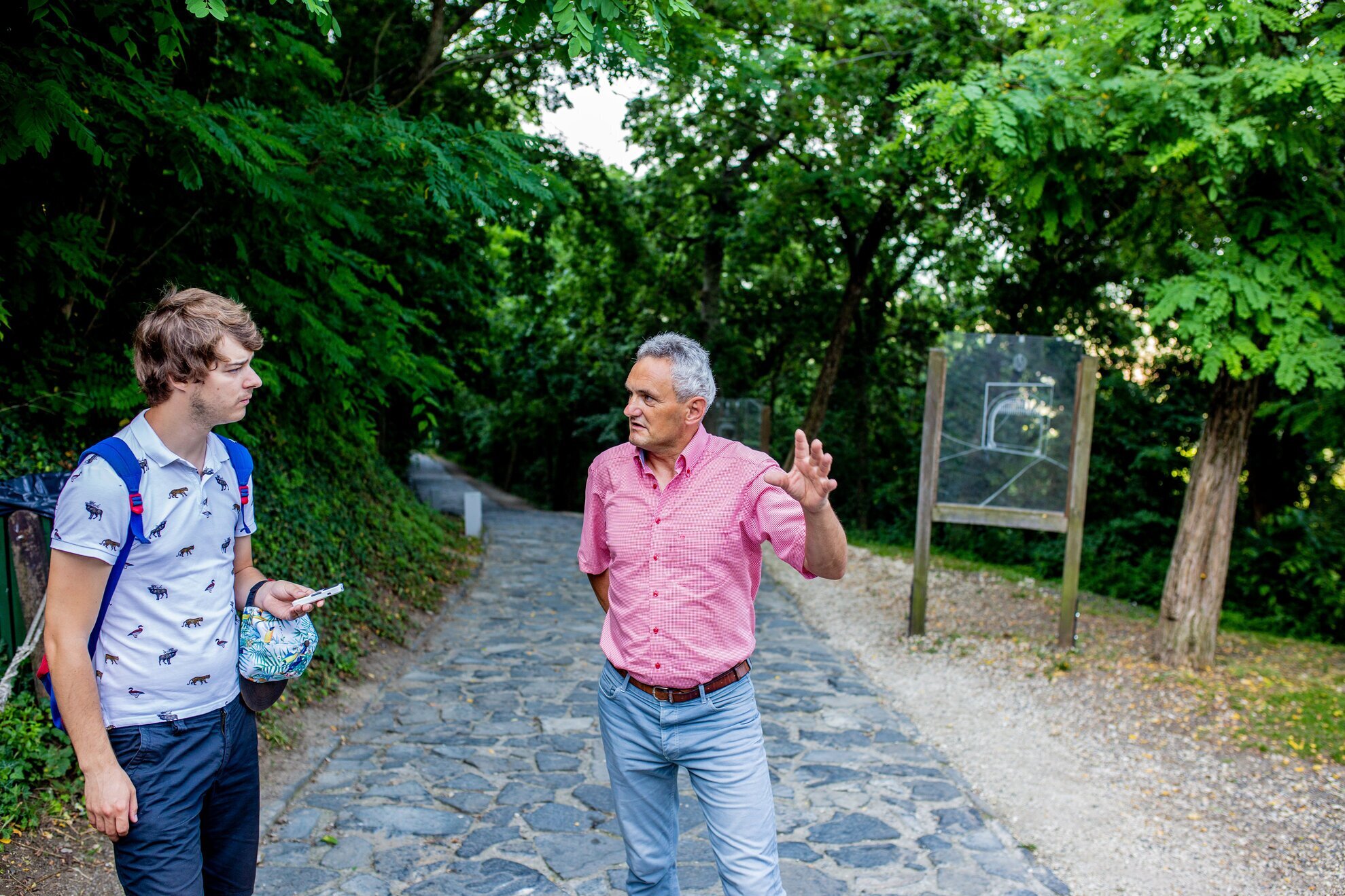
New facilities and a glimpse into the past
The first example of the recent investment can be seen upon arrival into town: the Lengyel Tóti Gate, the main entrance for visitors. According to plans, it will be covered and barred off, only to be moved for events. A coat of arms will also be put on the gate, the one that belonged to the castle’s last owners, the Lengyel Tóti family.
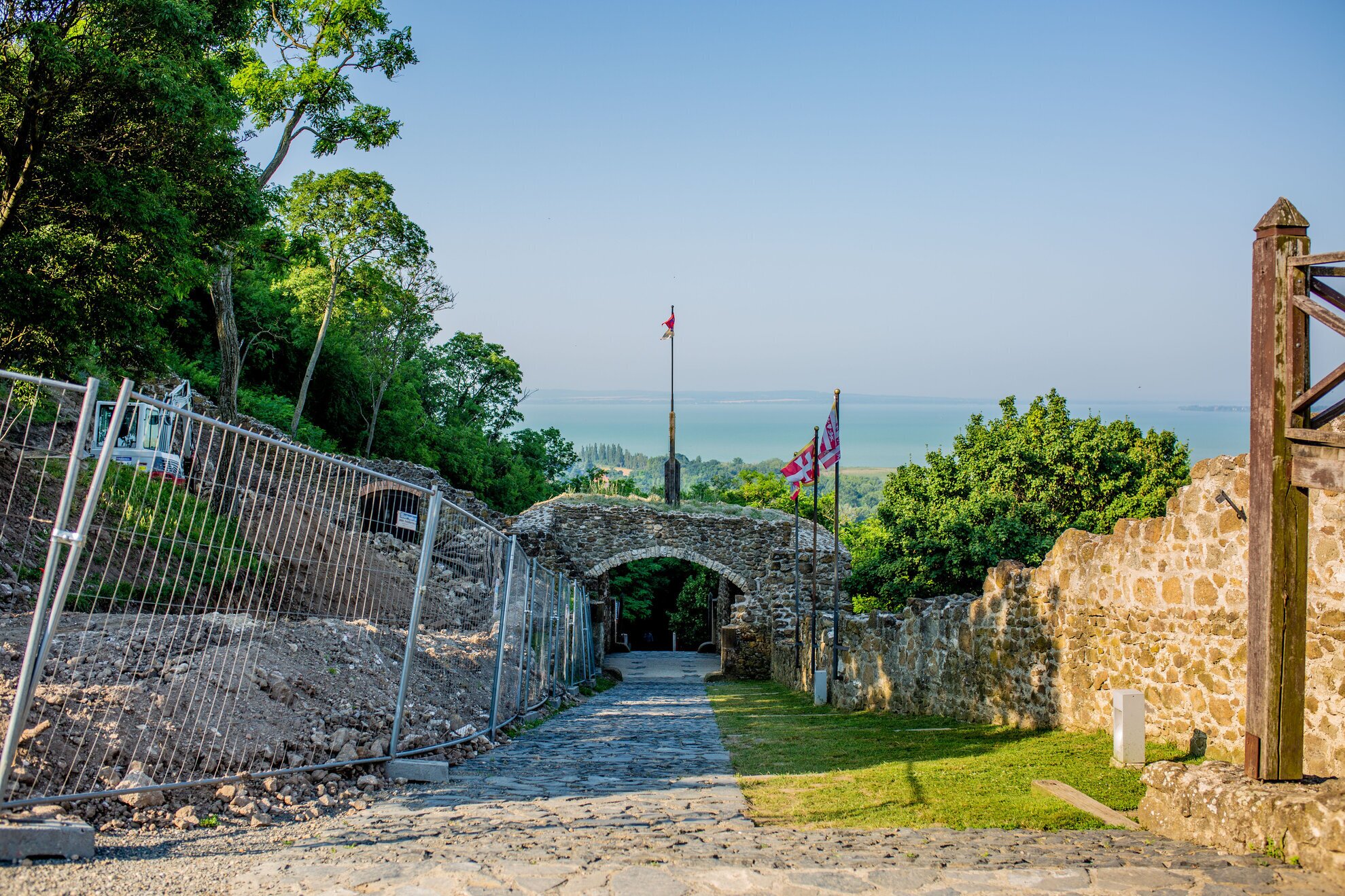
The lower courtyard is currently dug up and new restrooms will be built here. Alongside, visitors will be able to climb the Bálint Török Tower. So-called chronoscopes will be installed there: by looking into them, you can observe a water battle on Lake Balaton during the Ottoman-Habsburg wars. These machines can also be found in the upper castle, where you can see what happened when lightning set fire to the exploding gunpowder tower.
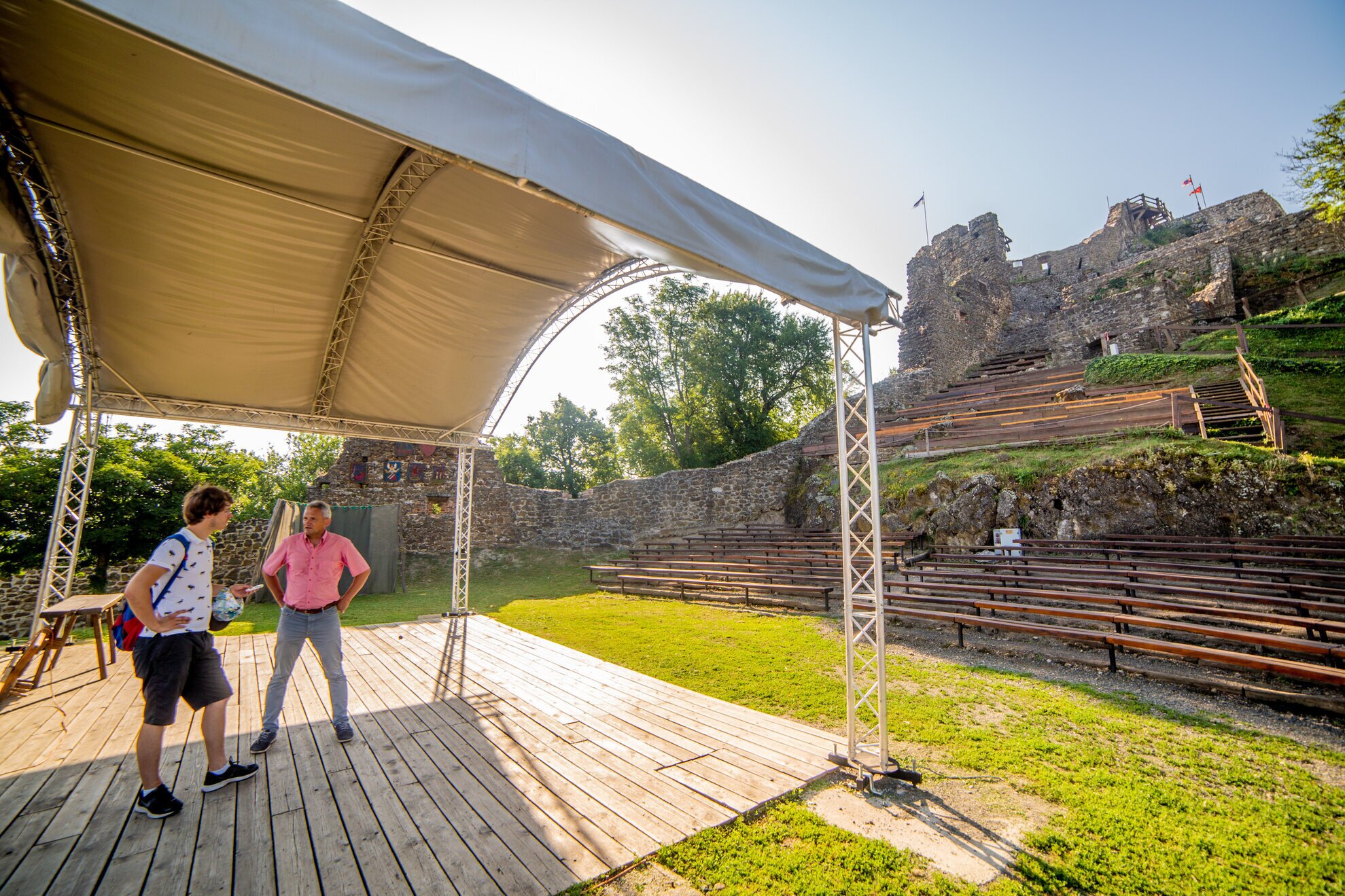
Bullets and lead seals
According to head archaeologist Zsombor Győrffy-Villám, they are currently working on a part of the castle where there has been no excavation before. The archaeologists are currently in the layers dating back to the 15th-16th centuries, unearthing ceramics, metal objects, silver coins and an abundance of bullets. The most interesting finds are the late medieval English-type textile seals, a lead item sealed on one side.
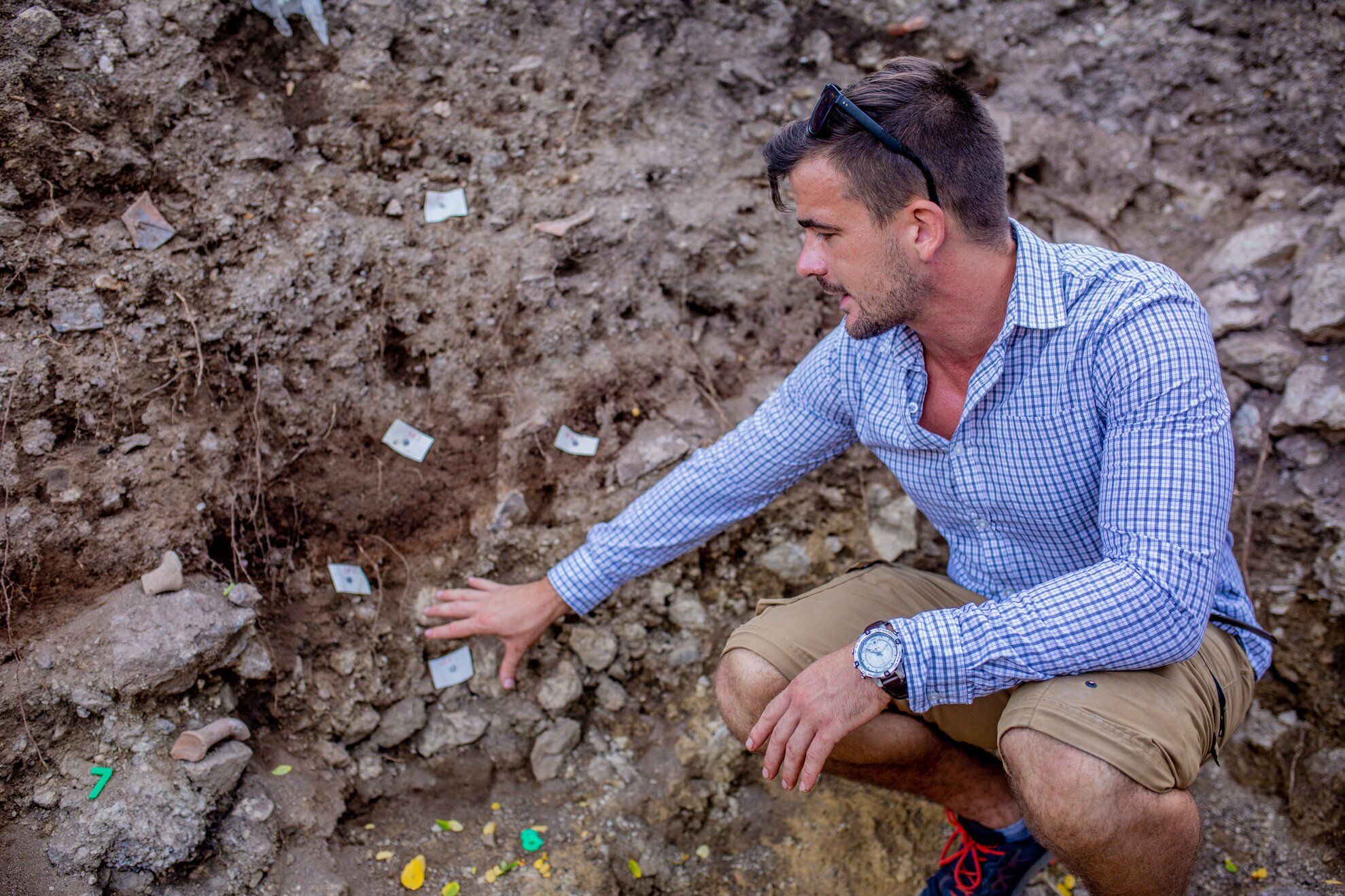
Unfortunately, there isn’t much documentation relating to the castle’s condition before the gunpowder explosion, so they had to reconstruct everything based on etchings and archaeological findings. Progress is significant as, according to the mayor, 40 years ago there was nothing to see here, only a couple of walls. After 30 years of construction, now almost all parts of the castle have been built back up to a certain level, using the tuff basalt rocks that used to be here but were taken away by locals.
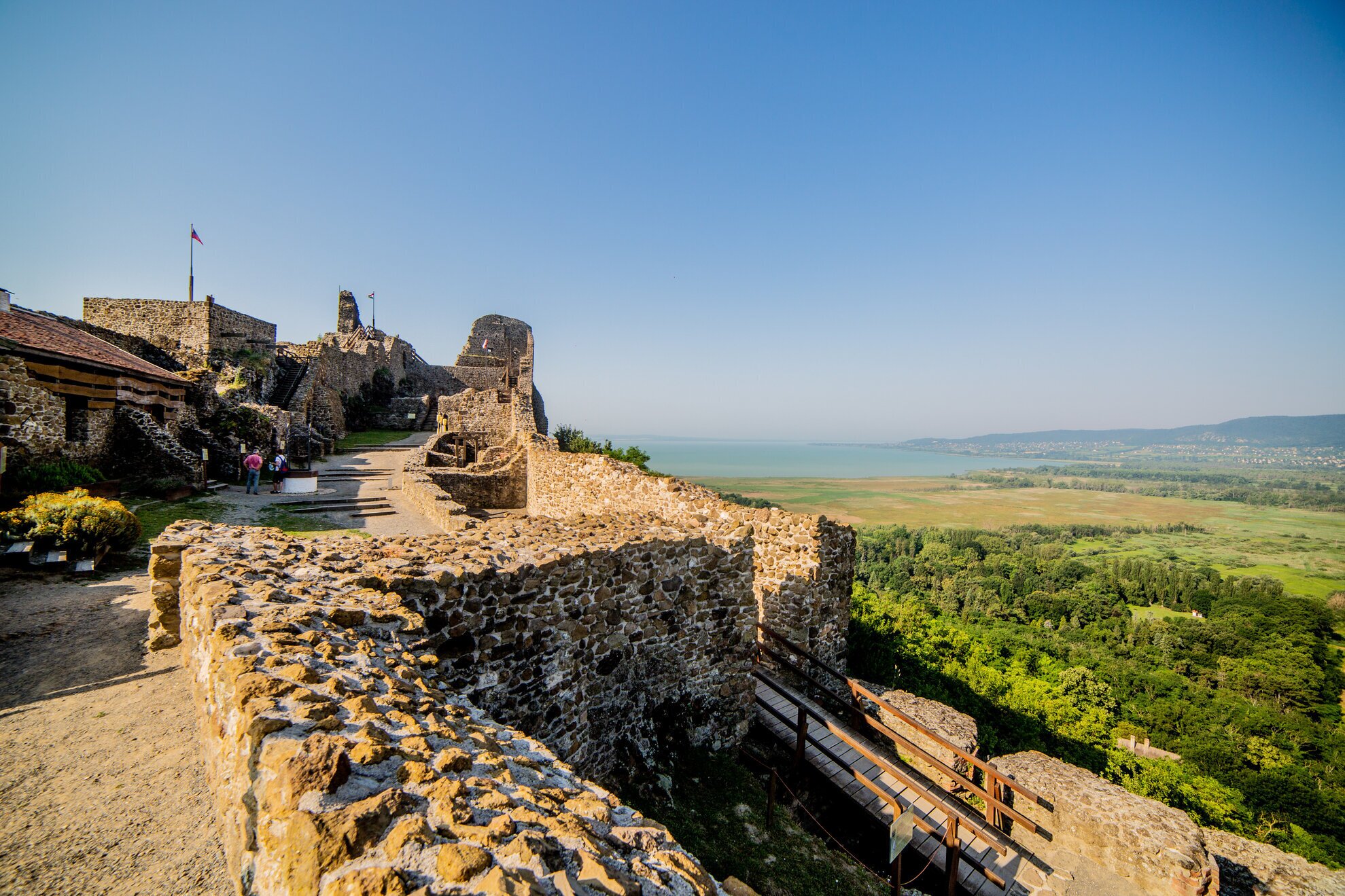
An interactive castle
Szigliget Castle was built around 1260 and it was continuously expanded until 18th century. Its heart and hub have always been the upper courtyard, from where the view is unsurpassable. New walls were built here during the 2013 reconstruction, but there aren’t many covered areas. According to plans, many rooms will now be equipped with a roof.
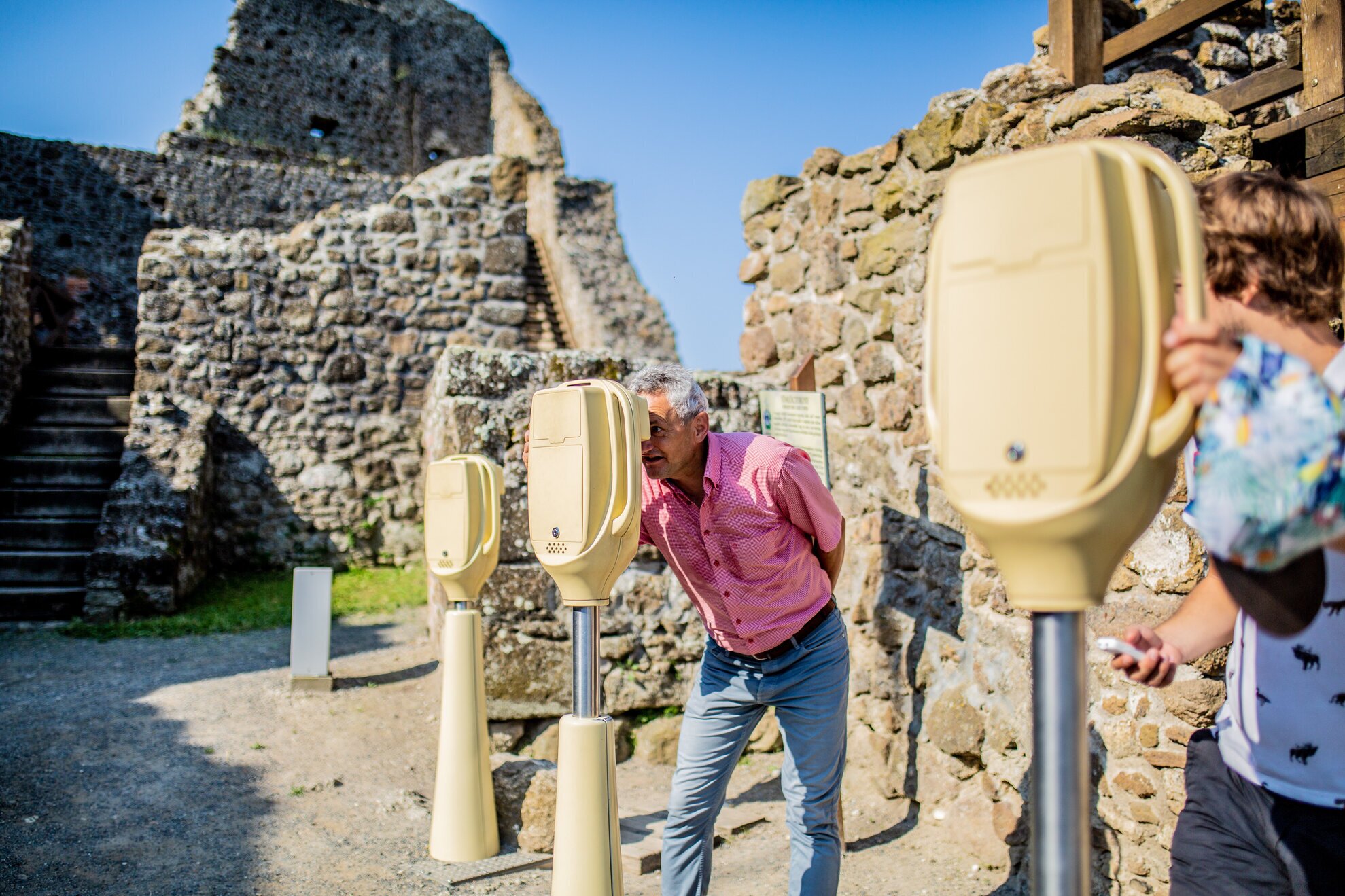
A medieval armoury will be built where guests will be able to try on a suit of armour for themselves or attempt to hold a mace. A Balaton-shaped table is also in the plans, as well as small-scale versions of nearby castles. The castle’s everyday life will be showcased in another hall, too.
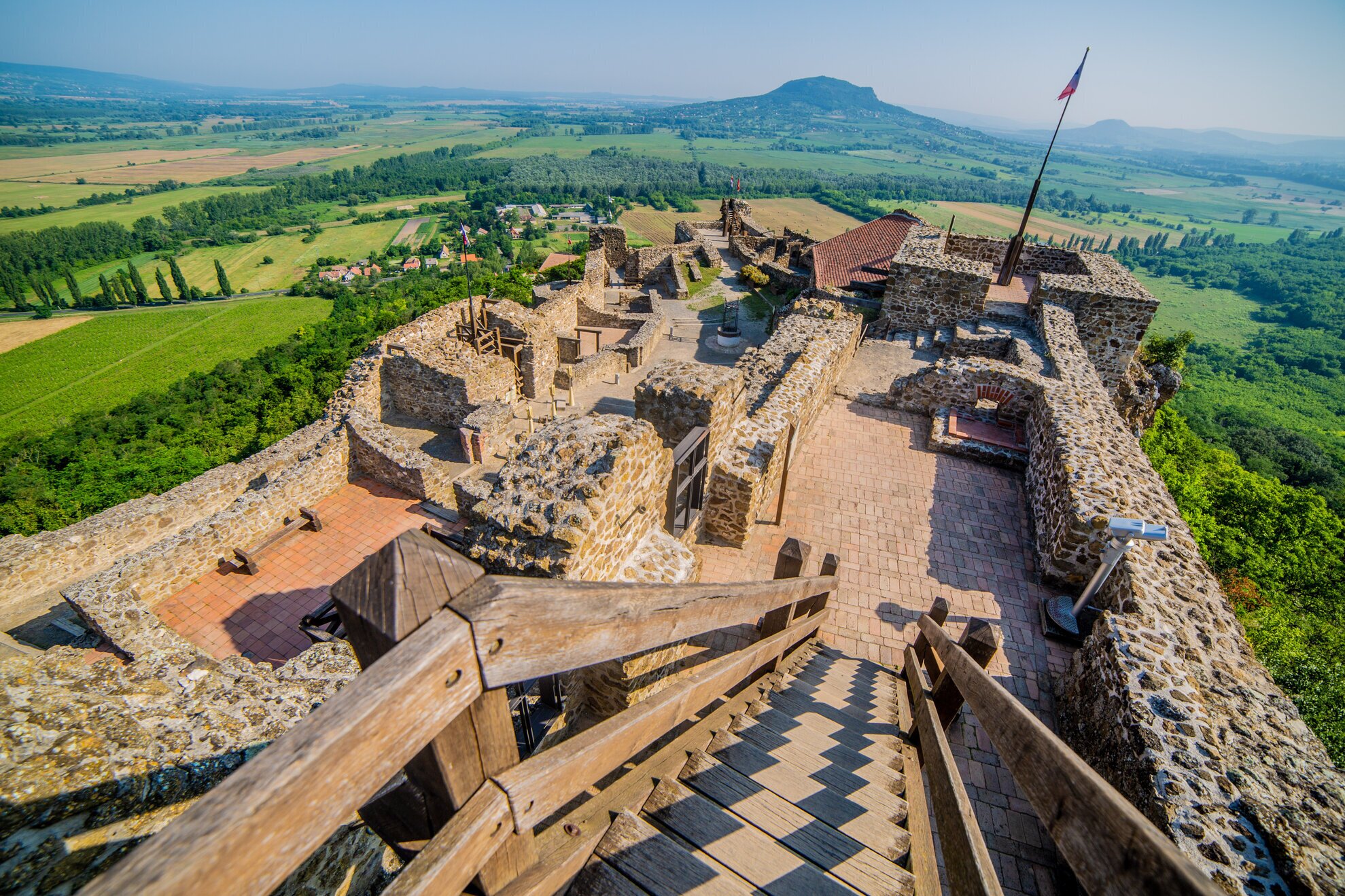
The Benedictine Tower will gain two new floors and an exhibition will display the phases of the castle’s construction. Here you can learn more about the castle’s history in an interactive fashion with the help of technology. There’s also an app (available on Android and iOS) that shows you how the castle looked in any given year.
